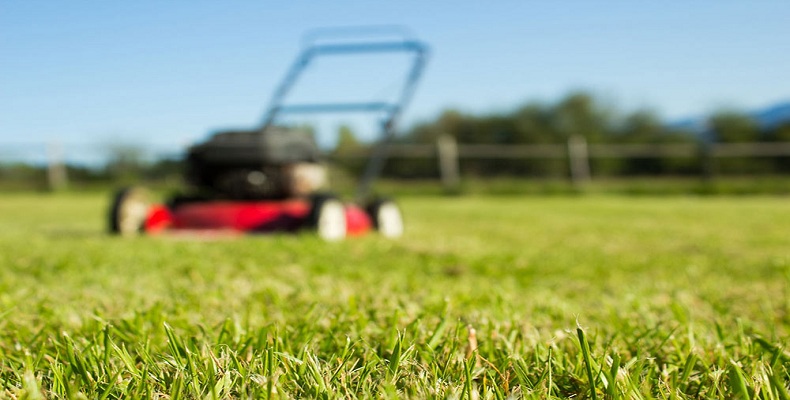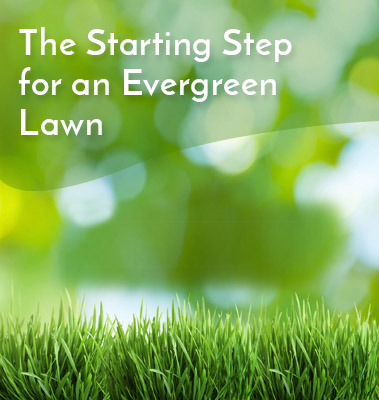23 Nov
Lawn Renovation
Posted By Ervin in Gardening
What is lawn renovation?
Lawn renovation includes removing enduring turf and restoring it with new grass without changing or farming the pitch which is commonly completed while the establishment of a new lawn. Partial lawn renovation or lawn replacement can also include the items listed below.
- Introduce a new or advanced kind of the same turfgrass species into an existing garden. as an example, seeding a new bluegrass variety into a present bluegrass lawn.
- Introduce a comparable-looking species into an existing garden which includes perennial ryegrass in a bluegrass lawn.
Why renovate a lawn?
You may need to remember renovating a home garden if:
- the lawn species or variety is often attacked by disease or insects and it has caused the garden to thin out,
- the lawn became critically injured or absolutely killed by insects, disease, or drought, or if it was winter killed, or if you want to certainly convert from one turf species to another,
- the landscape has become increasingly more shady over time and the original garden is thin and unhealthy.
When is the best time to renovate a lawn?
The timing for garden renovation varies in keeping with grass kind and elevation of the website. For the most achievement, follow the tips below.
- Seed warm-season grasses (buffalograss, blue grama) April thru July. Seeding after July isn’t suggested.
- Seed cool-season grasses (ryegrass, bluegrass, fescues) each time from March thru September. along the front range and Western Slope, the optimum time is mid-August to mid-September.
- At high elevations (extra than 7,000 feet) do not use warm-season grasses. Cool-season grasses can be seeded in the spring, as soon as temperatures start to warm.
How to Renovate a lawn
Follow these 9 Lawn Renovation Steps.
- Kill present grass and weeds using a non-selective herbicide. The best products contain glyphosate.
- Glyphosate is only powerful on actively growing grass and weeds, so the area needs to be well-irrigated to encourage plant growth before applying the herbicide.
- Allow the spray to dry for one day following application. Resume watering for 10 days. Spot spray regions or weeds which are still green.
- when the existing vegetation is dead, mow the site to half an inch and eliminate the debris through hand raking or using the bagging unit in your lawn mower.
- If there’s an existing thatch layer (a matted layer of organic matter at the soil surface) thicker than 1 inch, take away it from the lawn (a sod cutter makes thatch removal easier).
- spread seed at the exposed soil to allow for good seed to soil contact.
- A thatch layer less than 1 inch is okay, however, the soil needs to be exposed. core cultivating provides an extraordinary seed germination environment. Holes must be 1 to 3 inches deep and 2 inches aside in all directions.
- A power rake, set deep sufficient to expose the soil, also can be run over the lawn in different directions. dispose of loose debris by using raking or using a bagging unit attached to your lawn mower.
- Seed on the label’s endorsed rate with a drop spreader in different directions. follow with a light raking to work the seed into the soil. adding topsoil or sand after seeding isn’t recommended.
Need Lawn Renovation services in Westchester NY? Green Gold Landscaping provides professional Residential and Commercial Lawn care, Maintenance services in all over Westchester County NY. Contact us! or call 914-882-5459 for assistance.









